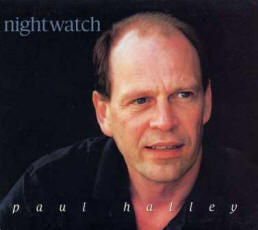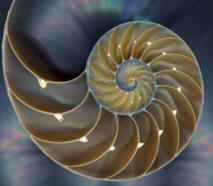|
|||||||||||||||||
| Recording • Nightwatch • Paul Halley | |||||||||||||||||
 |
Improvisations and meditations on the Great Organ of the Cathedral of St.
John the Divine.
Recorded 1982. "Halley's improvisations on the Cathedral's great organ dance, float, and sing as he carries us on a journey from dusk into the dawning of a new day. The album is at times joyous, at times meditative, but always uplifting and exciting." - The Christian Herald |
||||||||||||||||
|
Tracks Listen here on YouTube FULL YOUTUBE PLAYLIST Sixteen Tracks Sound clips below Total Album Time 38:39 All compositions are by Paul Halley © Back Alley Music (ASCAP) These are improvisations so no sheet music is yet published or available. 1. ◙♫ s u n s e t / d u s k 2. ◙♫ m o o n d a n c e 3. ◙♫ n o c t u r n e 4. ◙♫ n i g h t w a t c h 5. ◙♫ d a w n / s u n r i s e Published scores are unavailable for these compositions as these are organ improvisations. All compositions by Paul Halley © Back Alley Music (ASCAP) Administered by Pelagos Incorporated | |||||||||||||||||
